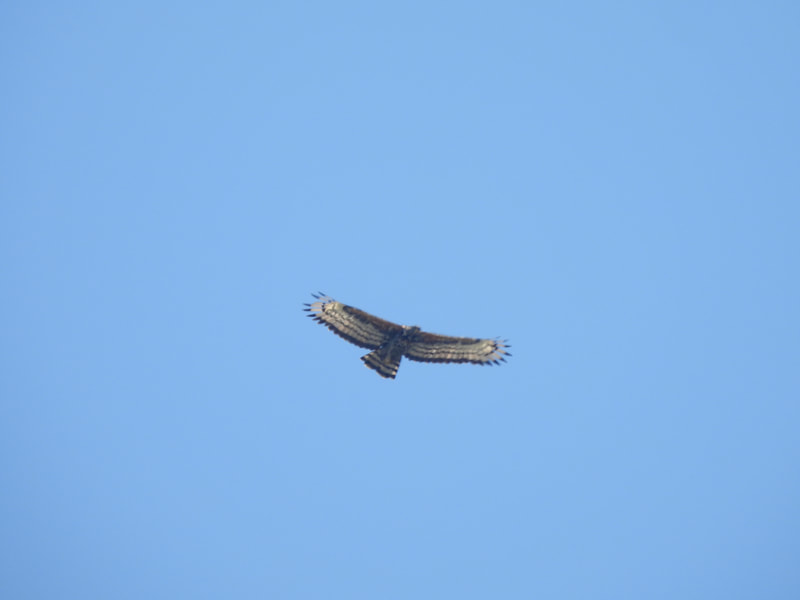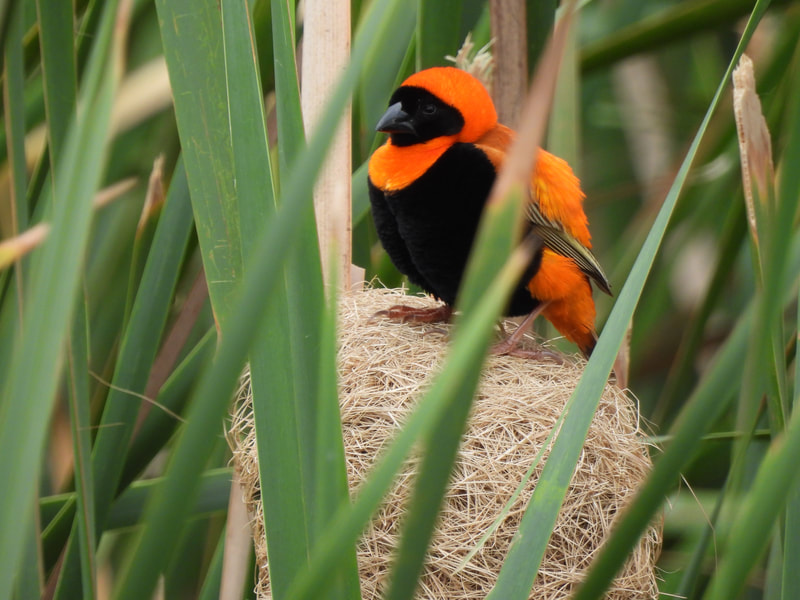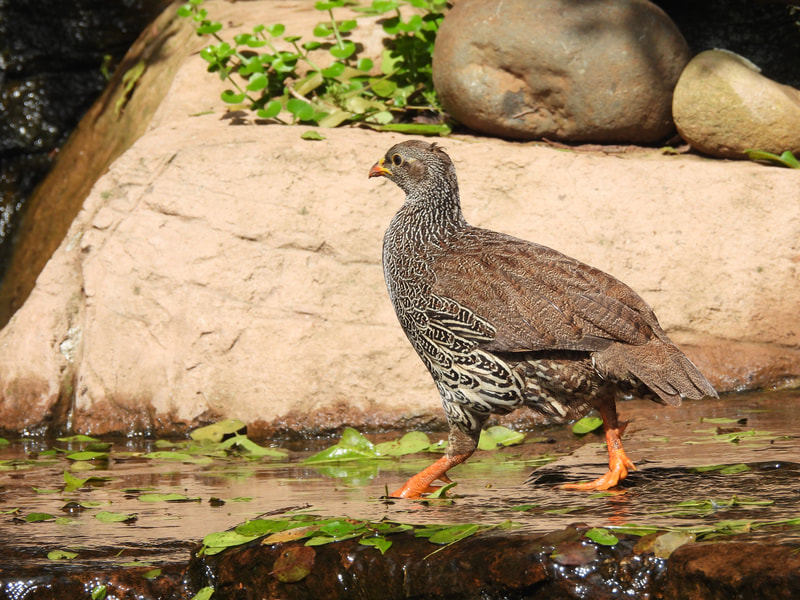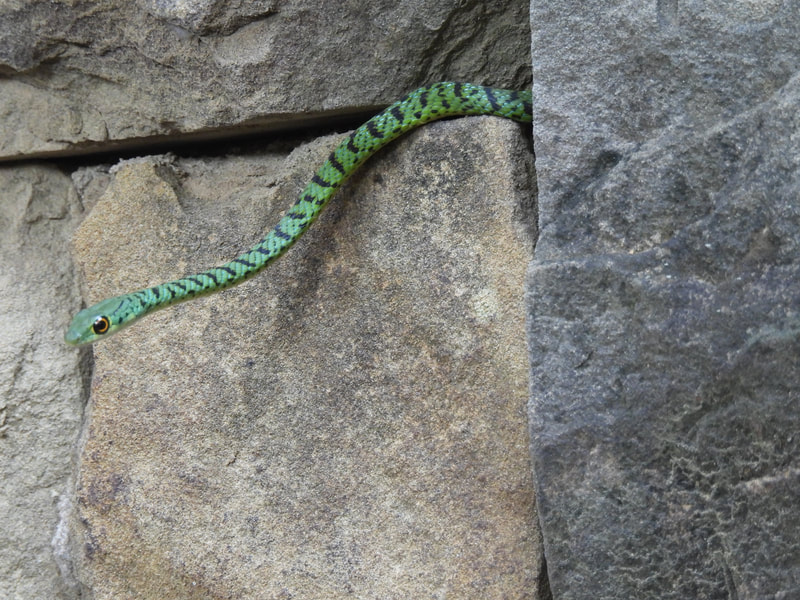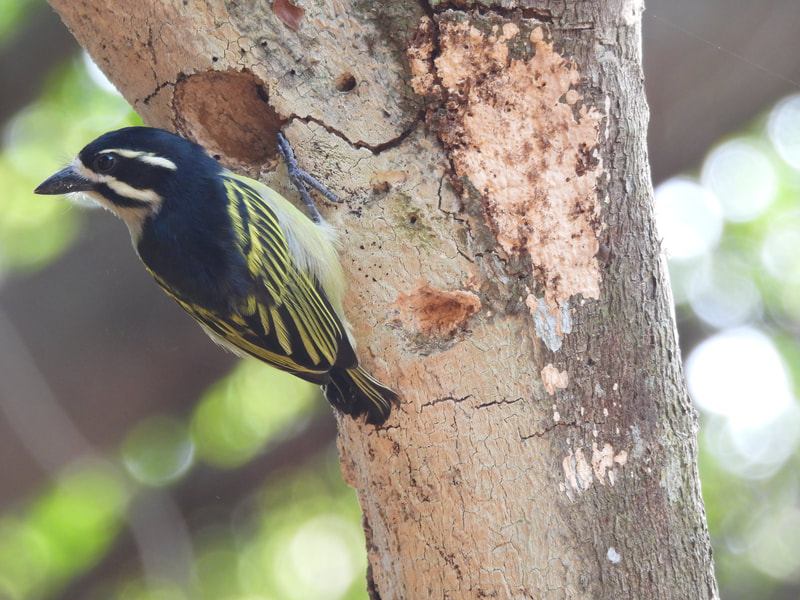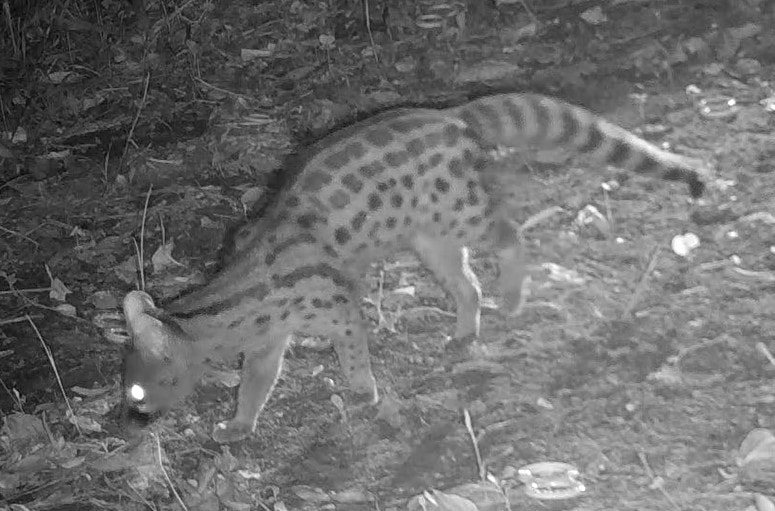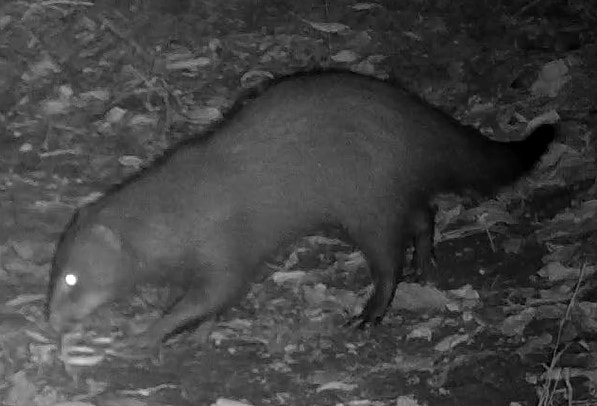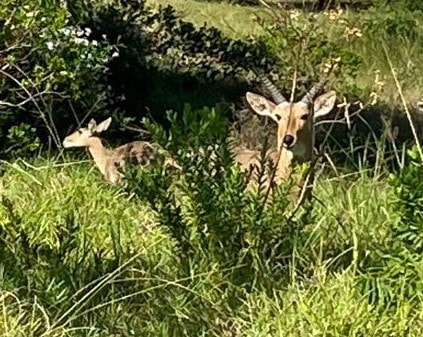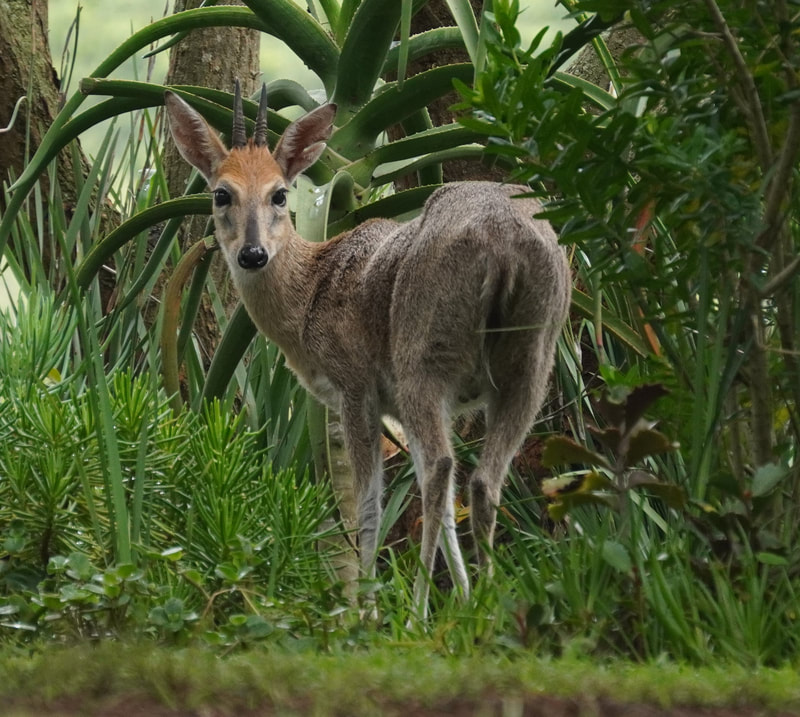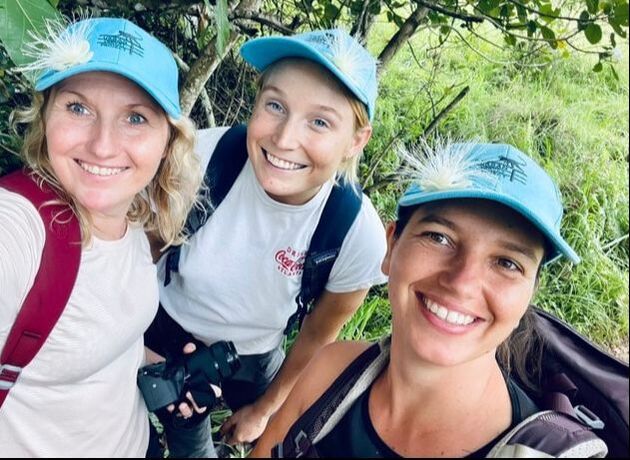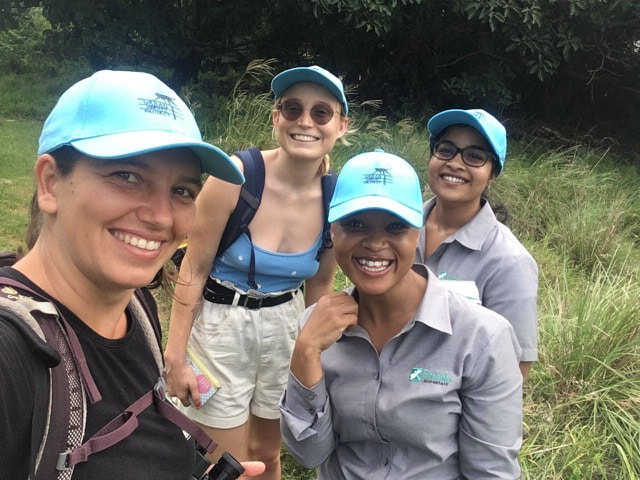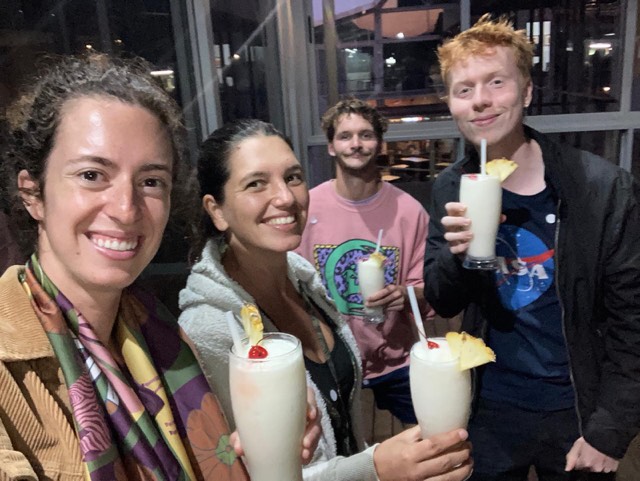© Manon Desaivres - https://www.estate-living.co.za/news/simbithi-eco-estate-welcome-home
The Study site
|
The Urban Vervet Project is based in the Simbithi Eco-Estate, a privately owned residential community that is 430ha in size situated in Ballito. The estate is currently owned by Rosemary Ladlau, Mayvis Nhleko, Joseph Jobe, and managed by a board of directors. The estate is found in the southern parts of the KwaZulu-Natal province and is a half hour drive to King Shaka International Airport in Durban, and about a 7-hour drive from O.R Tambo International Airport in Johannesburg. The estate is eco-friendly and made up entirely of indigenous plant species that provide a home for a vast array of wildlife. The area in which Simbithi is located is largely tropical with rain from October to March every year. Average temperatures during the day range from 5°C in wintertime (Jun-Jul-Aug) to 35°C in summertime (Jan-Feb-Mar). However, nights can be really cold, and temperature can occasionally drop to 0°C in wintertime. |
Wildlife
Simbithi is a place of abundant natural beauty with a long list of African wildlife. The antelopes present in the reserve are duikers (grey, blue, and red), bushbucks, and reedbucks. The smaller animals include porcupine, mongoose, spotted genet, and many stunning bird species (over 300 species!). Two primate species can be found: bushbabies and vervet monkeys (of course). Predators of these monkeys on the estate include African rock pythons, some raptors like eagles, and potentially pet dogs. There are twenty species of snakes, including the mambas, cobras, pythons, boomslang, vinesnake, spotted bush snake and brown house snake. We have a few tortoises, marsh terrapins, lizards, skinks, monitor lizards and chameleons as well.
© Stephanie Mercier
A Day in the field
Researchers all live together in a flat within Simbithi, a very safe place to be. The accommodation is quite luxurious, has hot running water, electricity, mobile phone reception and a good internet connection. Depending on the time of year, researchers leave for the field between 4:15am and 6:30am at sunrise time to go find the monkeys at their sleeping sites. Researchers can work alone or in teams and might also go in afternoon shifts to put the monkeys to bed until sunset. The students and research assistants participate in a range of data collection that varies daily according to the need of the projects. While some days we will be taking behavioural data on the monkeys through focal sampling and ad libitum data collection, other days we will be conducting a wide range of experiments with the monkey troops, such as novel object experiments, social learning experiments and fake predator model presentations. We follow the monkeys for a minimum of 6 hours per day and we work 5 days per week to avoid disturbing residents over the weekends.
© Sofia Forss & Stephanie Mercier


